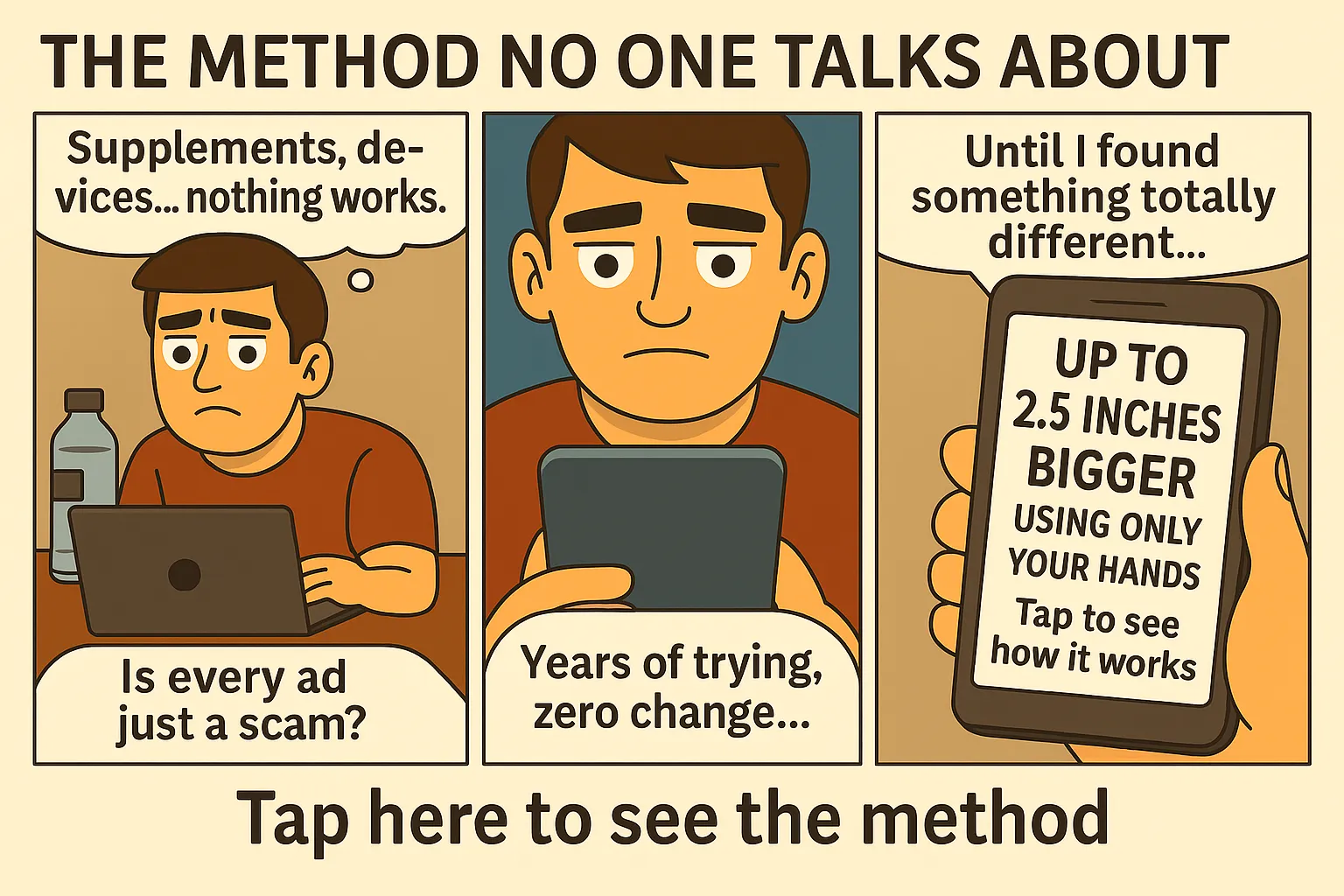Cut Off From the Tribe: How Modern Isolation Is Killing Men’s Hormones
Isolation isn’t just a mental burden—it’s a silent killer of male hormones. Men are hardwired for tribe, competition, and interaction. When that’s stripped away, your endocrine system feels the hit. The link between isolation and testosterone is deeper than most imagine, and the science behind it is both alarming and empowering. Understanding how your social environment fuels your masculinity can change the game.
The Primal Need for Connection
From tribal societies to modern networks, human males have always drawn hormonal cues from their surroundings. Dominance hierarchies, social recognition, and even basic physical presence play crucial roles in signaling your brain to keep producing testosterone. In contrast, isolation tells your body: “You’re out of the game.” And the body responds accordingly—with a steep hormonal decline.
Cortisol vs. Testosterone: The Silent Battle
Prolonged loneliness increases cortisol, the stress hormone. When cortisol rises, testosterone falls. This inverse relationship has been proven repeatedly in clinical settings. Men in solitary conditions—be it due to remote work, breakups, or loss of social circles—often experience fatigue, muscle loss, and decreased libido. It’s not psychological weakness; it’s a biological shift.
Scientific Evidence Linking Isolation and Testosterone
A study from the University of Chicago tracked socially isolated males and found significant hormonal suppression. Another study published in “Hormones and Behavior” showed that male testosterone levels dropped dramatically in environments devoid of competition and human contact. These are not fringe studies—they’re hard science.
Symptoms of Isolation-Induced Hormonal Decline
- Loss of morning erections
- Decreased muscle recovery
- Brain fog and emotional dullness
- Low motivation and drive
- Increased fat storage, especially belly fat
How to Break the Cycle
Combating the effects of isolation doesn’t mean becoming a social butterfly. Strategic connection is enough. Here’s how to reverse the hormonal suppression:
- Join competitive environments — martial arts, sports, or even a gym where other men push themselves.
- Cold exposure & sunlight — these stimuli mimic social and survival stress, increasing testosterone production.
- Physical touch — even a handshake or hug triggers oxytocin and lowers cortisol.
- Challenge yourself publicly — stepping into arenas of risk boosts dopamine and, subsequently, testosterone.
Why This Matters Now More Than Ever
Post-2020, male isolation has spiked. Remote work, social media escapism, and digital dopamine loops have created a generation of hormonally castrated men. If you’re not actively fighting this battle, you’re already losing. Your masculine edge depends on this awareness.
Masculinity Is Socially Reinforced
Masculine energy thrives under challenge, responsibility, and recognition. None of those exist in isolation. Testosterone doesn’t live in a vacuum—it requires stimuli. Engaging in competitive or collaborative environments, even minimally, can spark hormonal resurgence.
Linking Physical and Social Growth
Improving your social health also impacts physical performance. The same man who re-engages with others starts to train harder, sleep deeper, and have stronger erections. This isn’t motivational fluff—it’s biological fact. One hormone controls them all, and it needs a tribe to stay dominant.
What the Masculine Revival Demands
Masculine men in today’s world must outsmart modern traps. One of the deadliest? Comfortable isolation. To win, you must engage. Your hormones depend on it.
If you want a full blueprint for hormonal recovery, mental dominance, and a bigger, stronger penis naturally, access the complete guide here.
Explore More Masculine Optimizations
Keep leveling up with topics that fuel your male edge:
- How Facial Symmetry Affects Masculinity
- Why Grounding is Masculine
- Why Men Should Lift Heavy
- Cardio vs Weightlifting for Hormones
How Isolation Affects Sleep and Testosterone Rhythm
Testosterone is primarily released during deep sleep—especially early REM cycles. Men who are isolated often experience disrupted circadian rhythms due to irregular routines, lack of sunlight, or increased screen time. This impacts melatonin and ultimately reduces the quality of sleep, thereby blunting testosterone secretion during the night.
Creating consistent sleep habits, exposing yourself to early daylight, and reducing blue light at night can aid hormone restoration. But the missing puzzle piece remains: social exposure. Social stimuli regulate your biological clock and optimize your sleep architecture naturally.
The Social Feedback Loop That Fuels Hormones
Interactions—especially male-to-male rivalry and bonding—release dopamine, serotonin, and testosterone in tight synergy. These neurotransmitters don’t operate independently. When you win a game, engage in a debate, or receive admiration, your brain sends a surge of signals that directly encourage testosterone synthesis. In contrast, isolation deprives you of this feedback loop entirely.
Testosterone Is Reactive—Not Passive
One of the biggest myths is that testosterone operates independently of environment. In reality, it’s highly reactive. Just walking into a competitive room can trigger a testosterone spike. Conversely, weeks without challenge, recognition, or social stimulation leads to a dip. You don’t “just have” testosterone—you earn it, every day, with the life you build.
How to Simulate Social Pressure When Alone
Sometimes, temporary isolation is unavoidable. But here’s how to mimic the benefits of social stimuli:
- Film your workouts and upload progress publicly
- Use accountability partners even remotely via video calls
- Set timed challenges and track your performance aggressively
- Listen to competitive or masculine-themed podcasts while training
While not a full substitute, these hacks keep your testosterone production closer to baseline when real interaction isn’t possible.
Long-Term Risks of Chronic Isolation
When isolation extends beyond months, the hormonal decline becomes harder to reverse. Men may develop depression, chronic fatigue, erectile dysfunction, and loss of purpose. Testosterone is more than a sex hormone—it’s a life force. Its absence dismantles masculine identity at a deep level.
Modern Triggers of Social Isolation
Identifying hidden sources of isolation helps avoid the trap:
- Excessive gaming without real-world competition
- Only texting—no in-person or vocal interaction
- Home workouts without community or challenge
- Consuming content passively instead of engaging with people
Recognize these patterns and replace them with environments that stimulate interaction—even minimally.
Case Study: The Comeback of Socially Isolated Men
Men who consciously reintroduced social pressure into their lives—like joining MMA gyms, hosting men’s groups, or simply attending live events—reported dramatic improvements in mood, libido, and strength. These weren’t due to supplements. They were reclaiming the ancient code their biology craved: connection.
Testosterone in the Digital Age
With rising digital addiction, male hormone levels are declining globally. Average testosterone levels today are 30% lower than in the 1980s. Screens replaced face-to-face interactions, and artificial dopamine replaced earned victories. If you’re serious about reclaiming your masculinity, your environment must reflect that mission.
Final Thoughts: Reclaim Your Biological Edge
The connection between isolation and testosterone is a silent epidemic robbing men of their vitality. This is a war against comfort and disconnection. The antidote is intentional engagement, friction, and brotherhood. Don’t just take a supplement—change your life’s architecture.
And if you’re ready to go beyond theory and implement powerful daily protocols to grow in size, stamina, and sexual performance, discover the full transformation method here.
How Evolution Shapes Our Hormonal Response to Isolation
In ancestral tribes, a man without social ties was in danger—either exiled, shamed, or injured. The body evolved to interpret isolation as a survival threat. This triggered stress hormones and suppressed fertility hormones like testosterone. While today we’re not hunted by predators, our biology hasn’t evolved much. Your body still interprets solitude as danger, switching off your masculine edge.
Why Relationships Matter for Testosterone
It’s not just male-to-male interactions that count. Romantic relationships, if healthy and physically affectionate, also elevate testosterone. Intimacy releases oxytocin and dopamine, which reinforce hormonal balance. However, toxic or sexless relationships can have the opposite effect, raising stress and dulling your masculinity.
Does Masturbation in Isolation Affect Hormones?
Yes—especially when driven by porn addiction. Men isolated for long periods often resort to artificial sexual stimuli. This creates unnatural dopamine spikes and desensitizes reward circuits. The result? Lowered testosterone over time, increased prolactin, and weaker erections. Real-world interaction remains the strongest fuel for male hormones.
Masculine Rituals to Reinforce Hormonal Health
Reviving ancestral-style masculine rituals can help your brain signal hormonal production. Try:
- Gathering regularly with other men to share wins and challenges
- Training in groups rather than alone
- Facing cold exposure or physical hardship as a team
- Engaging in friendly combat sports or sparring
These experiences do more than boost confidence—they trigger ancient hormonal pathways that only activate through shared experience.
Conclusion: Your Hormones Follow Your Environment
If your days are built around screens, silence, and solitude, your testosterone will suffer. Masculinity isn’t just a mindset—it’s a biological system that needs the right inputs. Don’t let modern comfort sterilize you. Rebuild a life of connection, challenge, and purpose.
Continue learning how to rebuild your masculine identity and optimize your hormones by reading: Why Men Should Lift Heavy
Daily Checklist to Combat Isolation-Driven Hormonal Decline
Use this daily framework to keep your testosterone levels optimized, even during solo periods:
- ☑ Morning sunlight exposure (20 minutes minimum)
- ☑ 60+ minutes of physical training (preferably around others)
- ☑ At least one face-to-face social interaction
- ☑ Limit screen time to under 6 hours
- ☑ Cold shower or cold plunge exposure
- ☑ High-protein, nutrient-dense meals (no sugar binges)
- ☑ Sleep before midnight (7-9 hours)
- ☑ No pornography or artificial sexual stimulation
These habits may seem simple, but their compounding effect can restore your testosterone to elite levels over time. Discipline isn’t just mental—it’s hormonal.
FAQs About Isolation and Testosterone 🧠
Can social isolation permanently damage testosterone levels?
Extended isolation without counter-strategies like physical challenge, sunlight, and social reintegration can create long-term hormonal imbalances. However, testosterone can be restored naturally with proper lifestyle interventions.
What’s the fastest way to regain testosterone after isolation?
Reintroduce physical contact (sparring, group training), expose yourself to morning light, and re-engage in competition-based environments. These steps signal your brain to restart testosterone production. Consider pairing these with ancestral-style grounding for deeper recovery.
🆚 Isolation vs. Tribe: Hormonal Comparison
| Factor | Isolated Male | Socially Engaged Male |
|---|---|---|
| Testosterone Levels | ⬇️ Chronically suppressed | ⬆️ Naturally elevated |
| Cortisol (Stress) | ⬆️ Constantly elevated | ⬇️ Regulated by tribe |
| Libido | ⬇️ Low or absent | ⬆️ Responsive and consistent |
| Confidence | 🟠 Fragile | 🟢 Reinforced by feedback |
| Muscle Recovery | Slow, catabolic | Fast, anabolic |
 The Hidden Link Between Isolation and Male Hormones – masculine growth symbolism – via supremepenis.com
The Hidden Link Between Isolation and Male Hormones – masculine growth symbolism – via supremepenis.com







